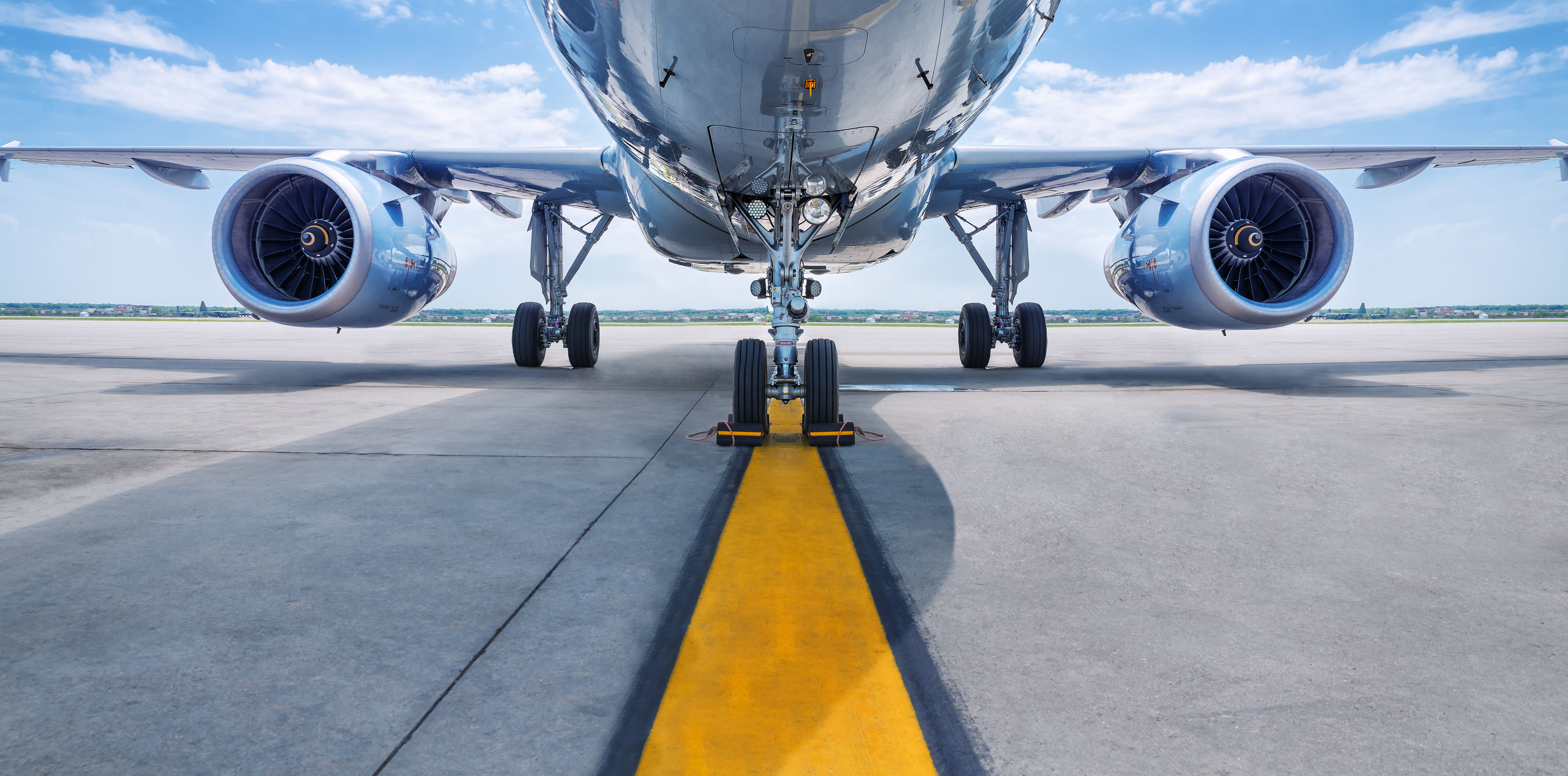Exploring Air Freight Trends in Japan for 2025

The air freight industry in Japan 2025 is set for significant transformation. Key trends indicate a surge in demand driven by e-commerce, necessitating faster delivery options. The market trends project the Japan freight logistics market to grow from USD 322 billion in 2024 to USD 415 billion by 2033. Businesses must strategically prepare for these changes to remain competitive. They need to adapt to evolving consumer expectations and address capacity constraints. By leveraging data-driven strategies and embracing innovation, companies can navigate the complexities of air freight in Japan 2025 effectively.
The Impact of E-commerce on Air Freight in Japan 2025
E-commerce as a Major Driver
Growth in Online Shopping
The e-commerce sector in Japan is experiencing unprecedented growth, significantly impacting the air cargo industry. As online shopping becomes more prevalent, the demand for air freight services has surged. This trend mirrors the broader Asia-Pacific region, where e-commerce volumes have consistently driven air cargo growth. In Japan, the shift towards digital retail platforms has led to a substantial increase in air freight demand, as businesses strive to meet consumer expectations for quick and reliable delivery.
Increased Demand for Fast Delivery
With the rise of e-commerce, consumers now expect faster delivery times. This expectation has placed additional pressure on the air freight market in Japan. Companies are increasingly relying on air cargo to ensure timely delivery of goods, especially for international shipments. The need for speed has become a critical factor in maintaining customer satisfaction and competitiveness in the e-commerce landscape. As a result, air freight in Japan 2025 is poised to play a pivotal role in supporting the logistics of e-commerce operations.
Adapting to Consumer Expectations
Need for Speed and Efficiency
In the evolving e-commerce environment, speed and efficiency are paramount. Consumers demand rapid delivery, pushing companies to optimize their logistics strategies. Air cargo offers a solution by providing swift transportation options. However, to meet these expectations, businesses must enhance their operational efficiency. This involves streamlining processes and leveraging technology to ensure that air freight services align with the fast-paced nature of e-commerce.
Innovations in Last-Mile Delivery
The final leg of delivery, known as last-mile delivery, presents unique challenges in the e-commerce sector. Innovations in this area are crucial for meeting consumer demands. Companies are exploring various strategies, such as drone deliveries and automated vehicles, to improve the efficiency of last-mile logistics. By integrating these innovations, businesses can enhance their air cargo operations, ensuring that products reach customers promptly and reliably.
Capacity Issues in Air Freight in Japan 2025
Rate Resilience
Managing Costs Amidst Fluctuations
The air freight market in Japan faces significant challenges in managing costs due to fluctuating rates. Companies must adopt proactive strategies to handle these variations effectively. They need to monitor market trends closely and adjust their pricing models accordingly. By doing so, they can maintain a competitive edge and ensure profitability. Cost management becomes crucial as businesses strive to balance operational expenses with the need for competitive pricing.
Strategies for Maintaining Profitability
To maintain profitability, companies should explore innovative strategies. They can invest in technology to optimize their operations and reduce costs. Automation and data analytics play a vital role in enhancing efficiency. By leveraging these tools, businesses can streamline processes and improve decision-making. Additionally, forming strategic partnerships with logistics providers can help in negotiating better rates and securing capacity during peak demand periods.
Unpredictable Demand Spikes
Preparing for Seasonal Variations
Seasonal variations present a unique challenge in the air freight industry. Companies must anticipate these fluctuations and prepare accordingly. They should analyze historical data to identify patterns and trends. This analysis enables them to allocate resources efficiently and manage capacity effectively. By understanding seasonal demand, businesses can avoid disruptions and ensure smooth operations.
Leveraging Technology for Demand Forecasting
Technology plays a crucial role in forecasting demand accurately. Advanced analytics and machine learning algorithms provide valuable insights into market trends. Companies can use these tools to predict demand spikes and adjust their strategies accordingly. By leveraging technology, businesses can enhance their responsiveness and agility. This approach ensures they meet customer expectations and capitalize on growth opportunities in the air freight sector.
Strategic Planning for Air Freight in Japan 2025
Data-Driven Approaches
Utilizing Big Data for Decision Making
In the rapidly evolving landscape of air freight in Japan 2025, businesses must harness the power of big data to make informed decisions. The e-commerce sector continues to drive demand, necessitating a strategic approach to logistics. Companies can analyze vast amounts of data to identify patterns and trends, enabling them to anticipate market shifts and optimize their operations. By leveraging big data, businesses gain insights into consumer behavior, allowing them to tailor their services to meet the growing expectations of the e-commerce industry.

Enhancing Operational Efficiency
Operational efficiency remains a cornerstone of success in the air freight market. As demand for e-commerce continues to rise, companies must streamline their processes to maintain competitiveness. Implementing data-driven strategies can significantly enhance efficiency. For instance, predictive analytics can forecast demand fluctuations, allowing businesses to allocate resources effectively. Automation technologies further contribute to operational improvements by reducing manual tasks and minimizing errors. Through these innovations, companies can ensure that their air freight services align with the fast-paced nature of the e-commerce sector.
Dynamic Pricing Strategies
Adapting to Market Changes
The air freight market requires agility in pricing strategies to adapt to ever-changing market conditions. Post-COVID, airlines have adjusted their pricing models to accommodate the surge in demand for air cargo services. Businesses must remain vigilant, monitoring market dynamics to respond swiftly to fluctuations. By adopting flexible pricing strategies, companies can maintain their competitive edge and capitalize on growth opportunities. This proactive approach ensures that businesses can navigate the complexities of the air freight industry while meeting the demands of the e-commerce sector.
Competitive Pricing Models
Developing competitive pricing models is essential for sustaining profitability in the air freight industry. Companies must balance cost management with the need to offer attractive rates to customers. Strategic partnerships with logistics providers can help businesses negotiate better terms and secure capacity during peak periods. Additionally, leveraging technology to analyze pricing trends enables companies to adjust their models in real-time. By implementing these strategies, businesses can position themselves as leaders in the air freight market, meeting the demands of the growing e-commerce sector.
Geopolitical and Regulatory Challenges in Air Freight in Japan 2025
Navigating Tariffs and Trade Wars
Impact on International Trade
Japan's air freight industry faces significant challenges due to geopolitical tensions. Tariffs and trade wars can disrupt international trade, affecting the flow of goods. These disruptions may lead to increased costs and delays in air freight operations. Companies must remain vigilant and adapt to these changes to maintain their competitive edge. The impact of tariffs can alter the cost-benefit equation for air freight, especially for low-cost e-commerce goods. Businesses might need to pivot towards alternative shipping methods, such as ocean freight, to mitigate these effects.
Strategies for Mitigating Risks
To navigate these geopolitical challenges, companies should adopt proactive strategies. Diversifying supply chain operations can help mitigate risks from geopolitical tensions and capacity shortfalls. Businesses can explore partnerships with logistics providers in different regions to ensure a steady flow of goods. Additionally, investing in technology and data analytics can provide insights into market trends, enabling companies to anticipate and respond to changes swiftly. By implementing these strategies, businesses can reduce their vulnerability to geopolitical disruptions and maintain smooth operations.
Compliance with Regulatory Changes
Understanding New Regulations
The air freight industry in Japan must stay ahead of potential regulatory changes. New regulations could significantly impact air capacity and demand. Companies need to keep regulatory and compliance issues top of mind to navigate the complexities of the air freight market. Understanding these regulations is crucial for ensuring compliance and avoiding penalties. Businesses should invest in training programs to keep their staff informed about the latest regulatory developments. This knowledge will enable them to adapt their operations accordingly and maintain compliance.
Ensuring Smooth Operations
Ensuring smooth operations amidst regulatory changes requires a strategic approach. Companies should develop robust compliance frameworks to address new regulations effectively. Regular audits and assessments can help identify areas for improvement and ensure adherence to regulatory standards. By fostering a culture of compliance, businesses can minimize disruptions and maintain operational efficiency. Additionally, leveraging technology can streamline compliance processes, reducing the administrative burden on staff. Through these efforts, companies can ensure that their air freight operations remain resilient and adaptable to regulatory shifts.
Japan's air freight industry in 2025 faces dynamic challenges and opportunities. Key trends, such as the rise of e-commerce and capacity constraints, demand strategic adaptation. Businesses must prioritize resilience through innovation, leveraging technology to enhance efficiency and predict market trends. Embracing flexible logistics models will be crucial for navigating volatility. Companies should monitor market dynamics closely to optimize costs and maintain competitiveness. By adopting these strategies, businesses can position themselves to thrive in the evolving landscape of air freight in Japan 2025.
See Also
Exploring 2024 Innovations in Sea Freight Logistics
In-Depth Look at LTL Freight's Future Developments
Five Key Trends Shaping Supply Chain Efficiency Ahead
